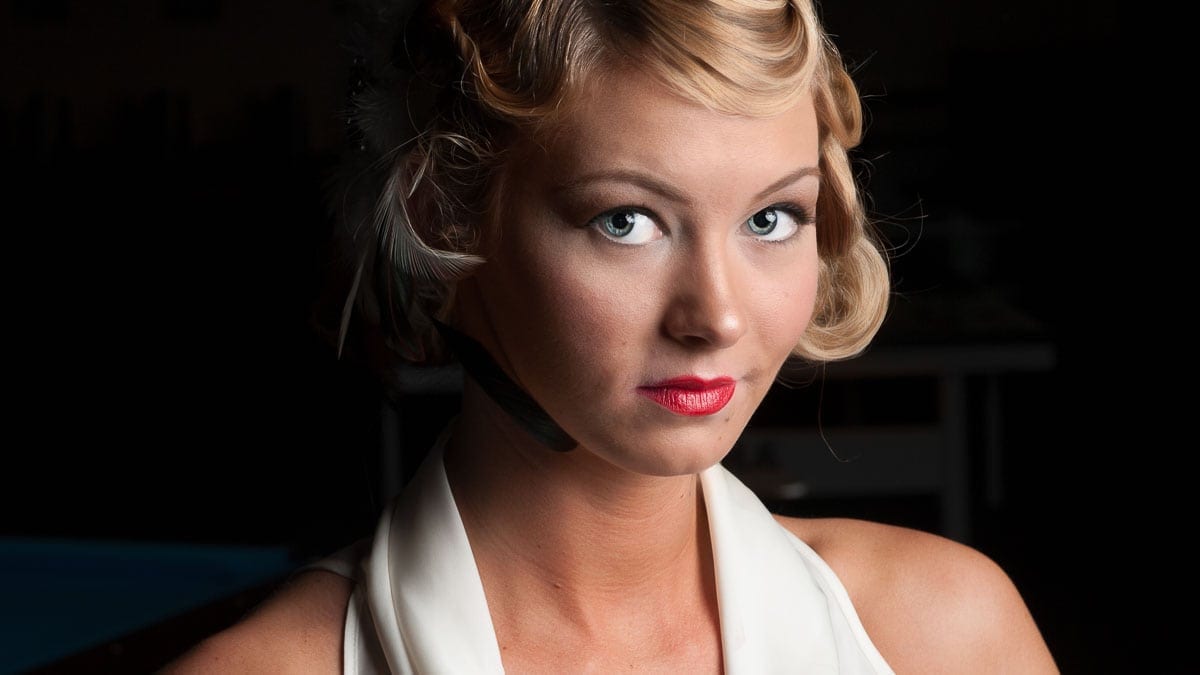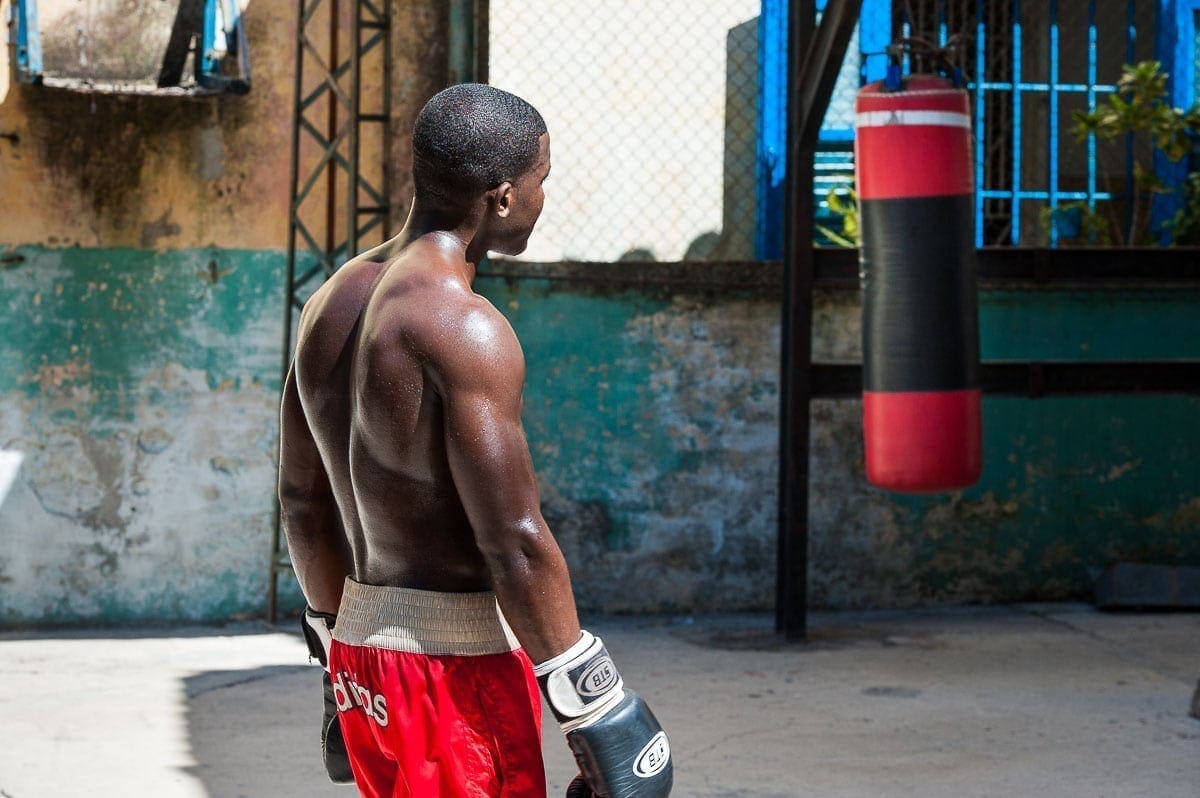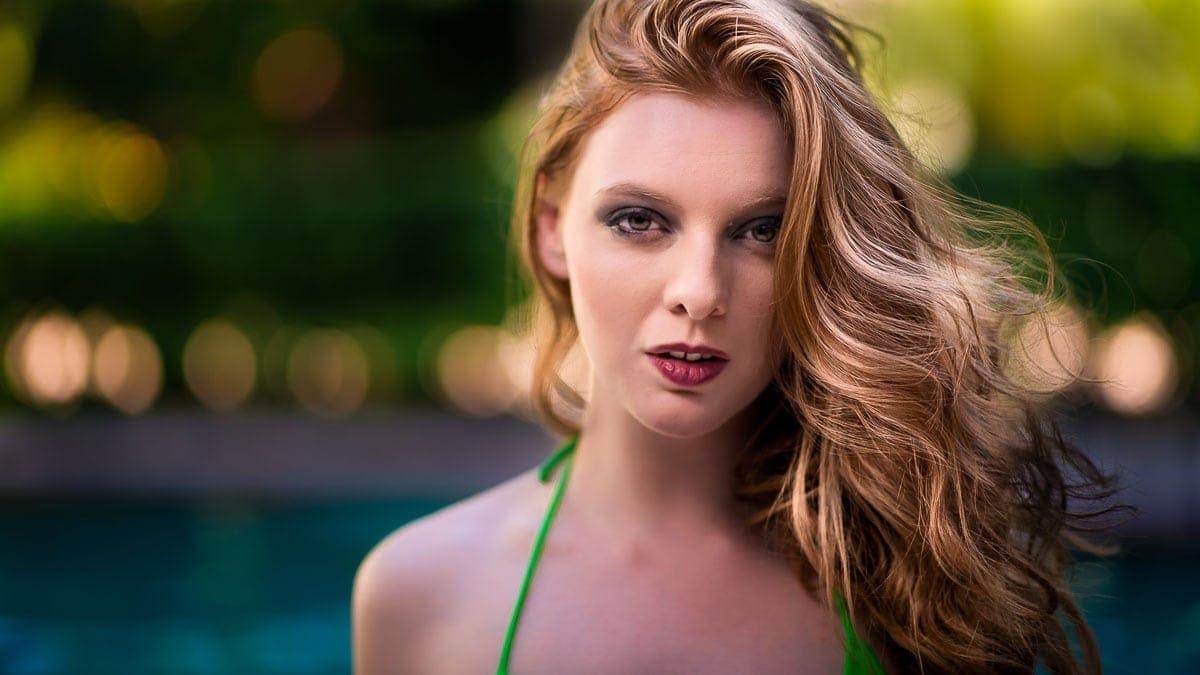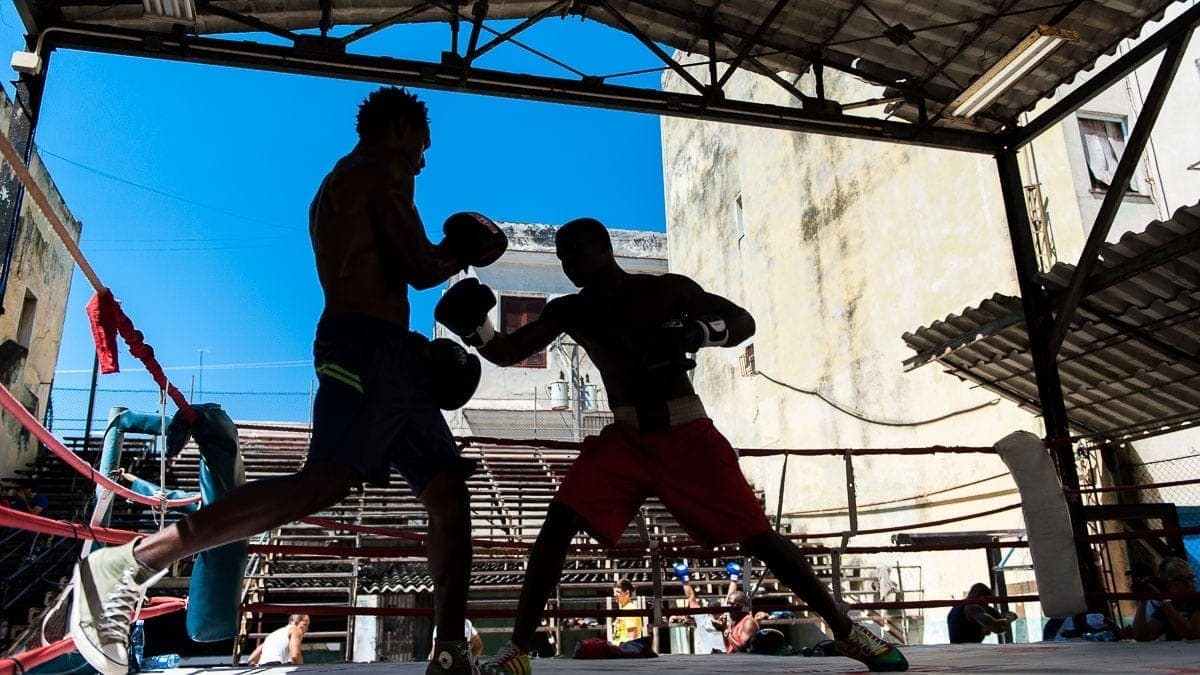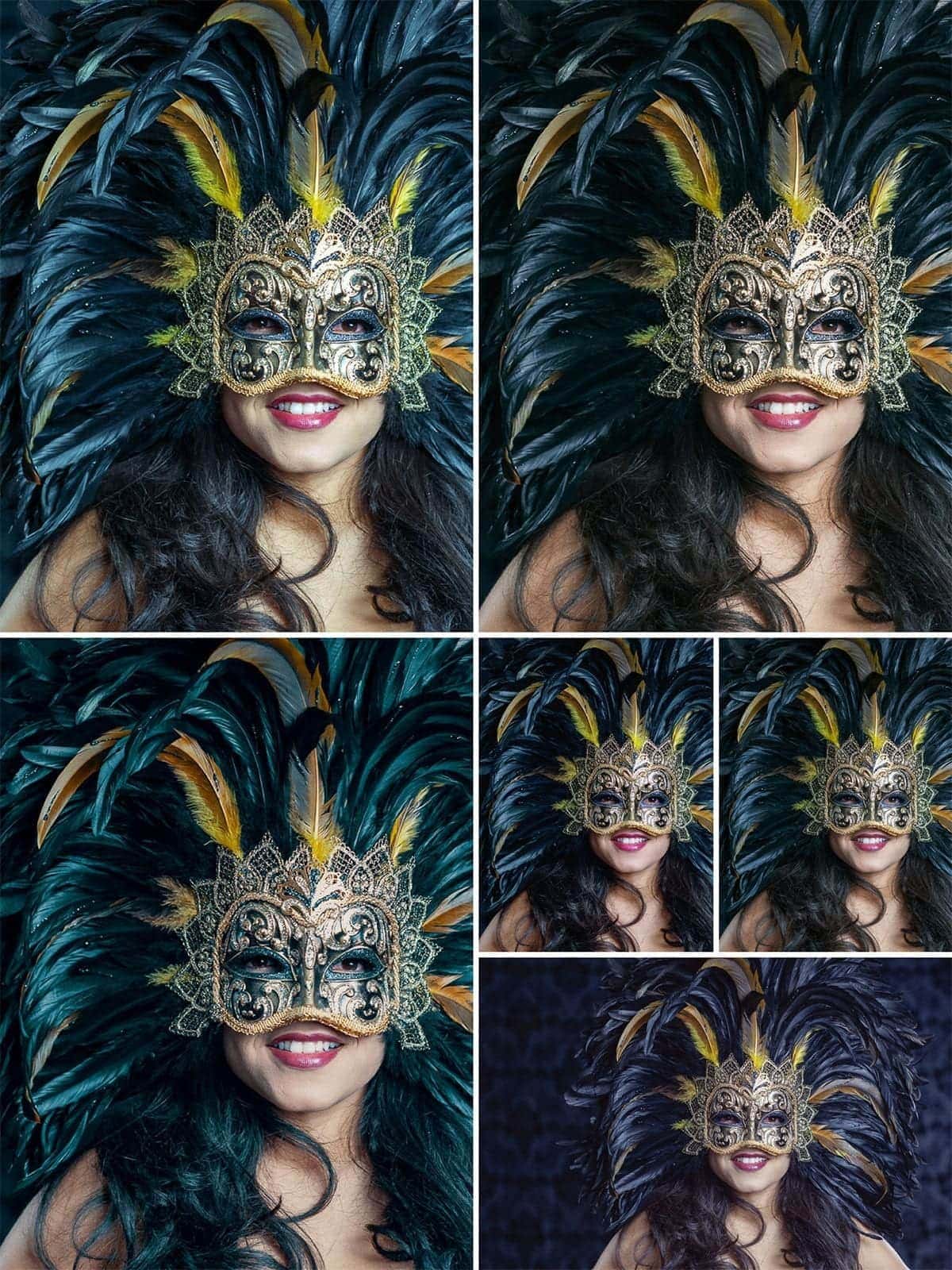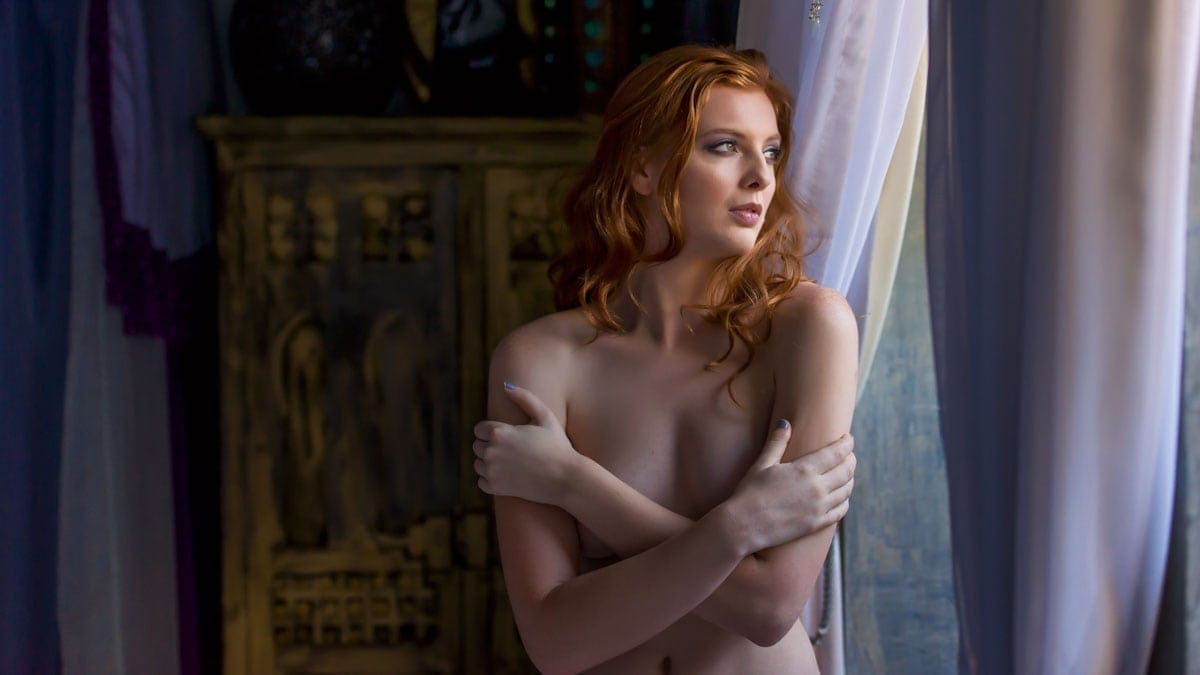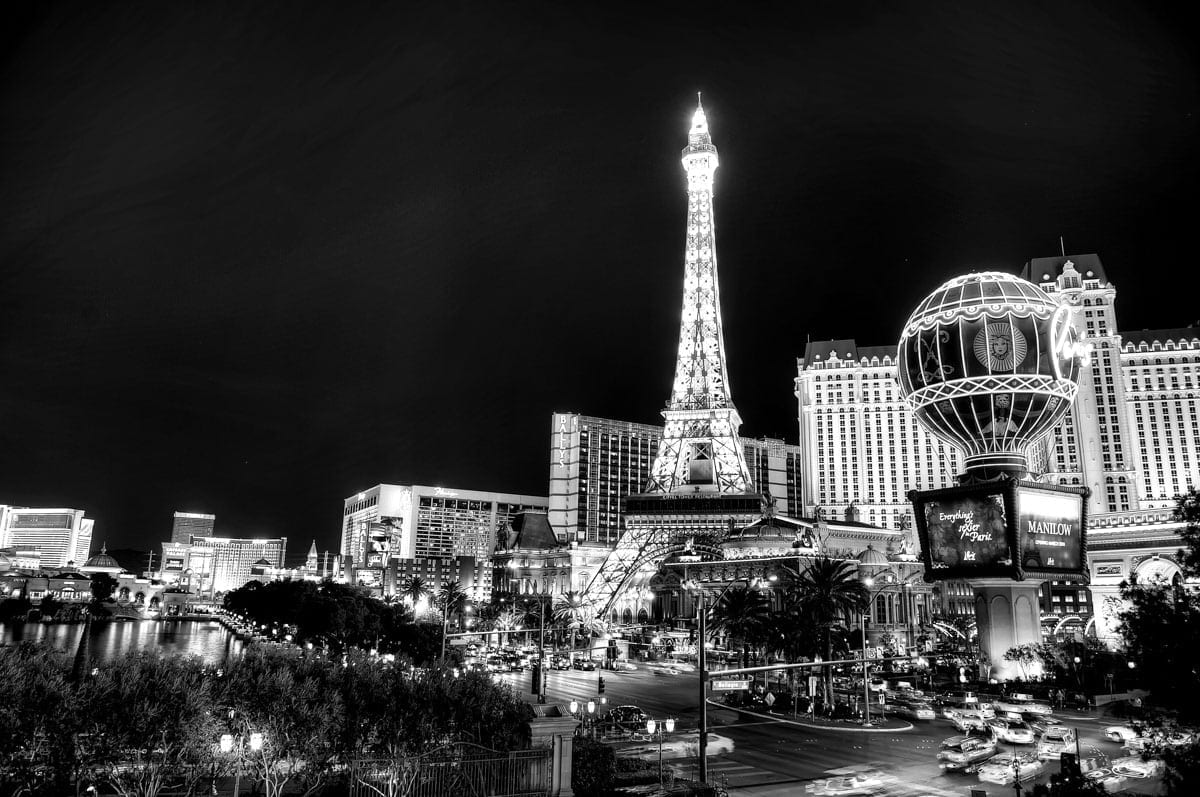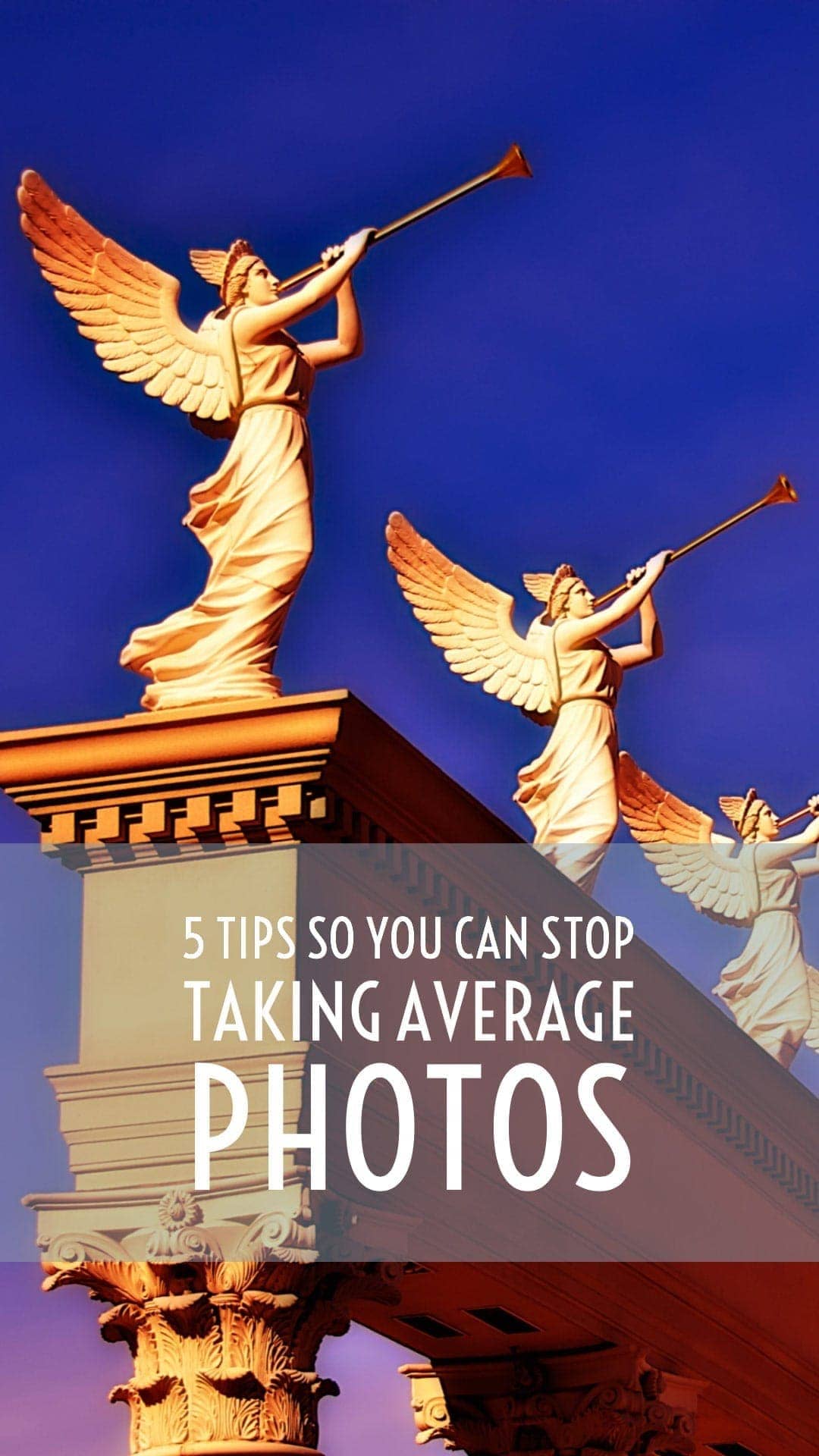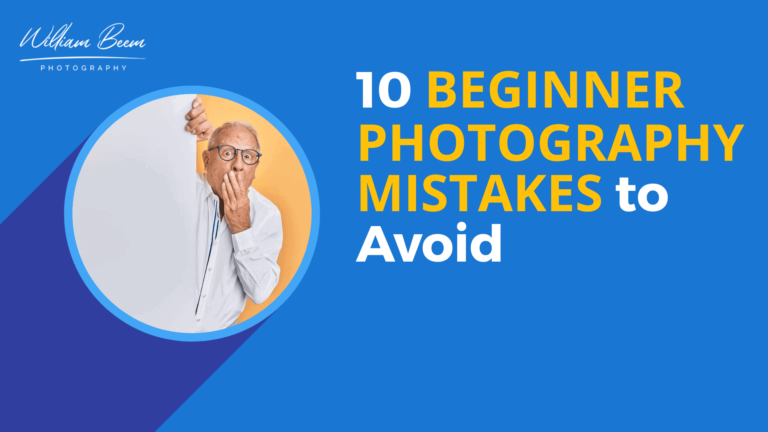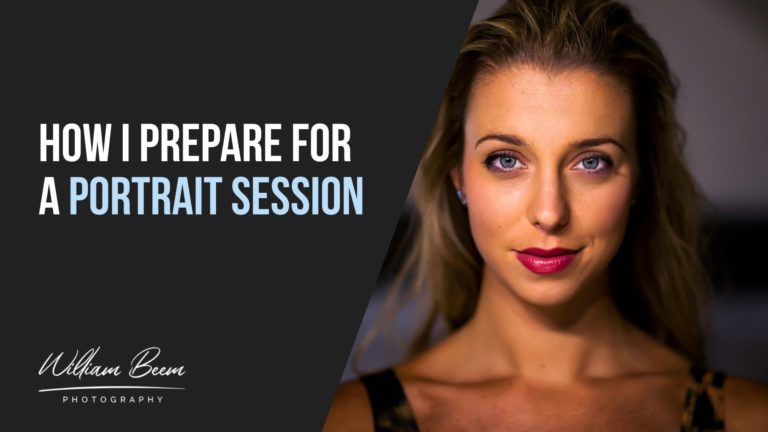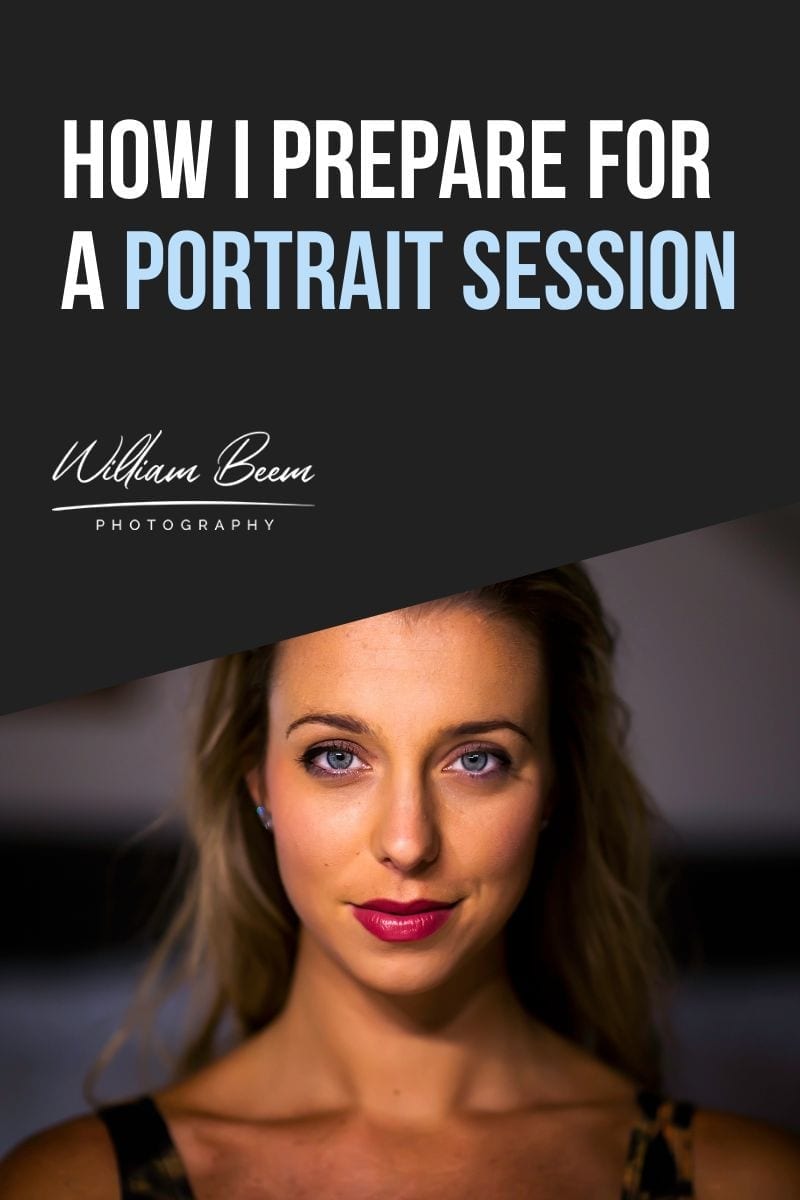Affiliate Disclosure: We earn a commission if you purchase through one of our links at no additional cost to you.
Do you want to stop taking average photos and learn how to create something eye-catching, instead? Some people get these concepts right away, and others go for years wondering why their photos just never rise to the top.
In this episode of The Photo Flunky Show, we’re going to share 5 tips to help you understand where you can improve your results and stop taking average photos.
You Need Beautiful Light
Perhaps you’ve heard this tip until you’re sick in the head, but you still don’t truly know what it means. After all, what do you do if the light just isn’t beautiful when you want to take photos?
For starters, you accept the notion that you may have to adjust your photo schedule to the time when the light is at its best. Outdoor lighting is generally best at sunrise and sunset.
Be patient. Get there before sunrise. Wait until after sunset. The best light doesn’t always happen at the specific time each day for the sun to rise or set. That glow you get before the sun rises or after it sets may be what you need.
The Problem with Overhead Lighting
You’re dealing with a few factors during these times. The first is sidelight. We’re used to the notion that light comes from above. Our building interiors usually have lighting on the ceiling. Most of our daytime hours features the sun above us.
What do we get from the majority of that light?
Hard shadows. Boring light. We’re used to light coming from above, so there isn’t anything special about it. That means taking your photos with light from above isn’t special, either.
Light has direction. Use it to impress your viewers. Make the light come from an interesting angle. If you can’t do that by waiting for it to appear naturally, use your flash to create the light you need.
Daylight Balanced Light is Everywhere
Light has color.
Daylight balanced light is perfect for documenting someone. Nice headshots have daylight balanced lighting. They aren’t very exciting, though.
Color excites the eye.
That doesn’t mean you have to turn your subject into the Green Goblin, but you can add mood or feeling to a photo with a subtle change in the color of light. Using a color gel on the background could add excitement or interest to an otherwise drab photo.
Warm colors generally flatter portrait subjects. Cool colors drain the life out of your subjects. That may be OK if you need to show a bleary world, something sinister or generally unhappy.
Choose the Quality of Your Light
Typically, we believe that soft light is more flattering to our portrait subjects, and general photo subjects. That doesn’t mean that hard light is bad light, though.
The fighter above works outdoors in midday light. You can see harsh shadows and specular highlights that tell you this light is beating down on him. That’s part of his story. Hard light reveals his muscles and the fact that he’s a pretty tough guy.
If I waited to get a shot of him in the shade next to that punching bag, you wouldn’t get the same view of who he is.
The quality of light isn’t good or bad. It’s situational. Good light for this subject may be inappropriate for another.
In general, I prefer soft light. I like to see a subtle gradation of shadows rather than a harsh line.
It’s a bit more flattering.
You Need the Right Angle of View
Rules are made to be broken. Just not all the time. Here’s a list of things that you shouldn’t do with your photo angles.
- Shoot at eye level
- Center your subject
Why We Avoid Eye Level Photos
What does everyone see every day?
Life at eye level. It’s normal. It isn’t unique or interesting. It’s what we expect, which makes it mundane.
Let me clarify something about eye level, though. I’m specifically talking about shooting at your eye level. If you’re taking a portrait of a person or an animal, there’s nothing wrong with getting on the subject’s eye level.
However, most things in life can benefit from a low angle.
I shot these boxers from the level of their ring canvas. Boxers in action should look epic, and a low angle of view helps achieve that mood. Take a photo at eye level of the same two fighters and it looks much less interesting. Instead of powerful athletes, they end up looking like neighbors having a brawl.
Why is the Center so Bad?
Honestly, it isn’t if you do it well. The problem is that most people do it, and do it all the time. Dead center becomes common, and common is less interesting.
Take a look at the boxers in a fight above. Are they dead center? The one further away is, but the closer fighter is on the line about a third of the way from the left side of the frame.
Another thing to consider, which often doesn’t come to the forefront of our minds, is that we recognize shapes. Triangles are particularly powerful shapes. If you take another look, you’ll notice the closer fighter has his body rather perpendicular, but the other one is leaning in at an angle. Combine that with the canvas and the triangle takes shape.
When does a center-framed subject work? Generally, I don’t think it does, but you can come pretty close.
Vertically, this model is in the center between the left and right. Horizontally, I kept her eyes on the upper third of my composition. Her arm and hand extend down that you could say she’s dead center. I’m looking at the face, though. That’s the part that interests me, and the rest is just filler
You Aren’t Done Until You Finish the Photo in Post Processing
We often hear other photographers talk about getting it right in camera. That’s important, but it doesn’t mean that you’re done when you click the shutter. Getting it right in camera means eliminating distractions, getting a proper exposure and preventing the need to do corrective work in your post processing tools.
There’s more to post processing than correcting problems in the original photo, though. This is where you get to add drama contrast, and change the mood of your photos to help the viewer feel what you felt when you were there.
Life Isn’t Black and White
Yet photographers and viewers love a well done black and white photo. It does a great job of stripping away the dominance of color and allows you to see something else.
Color provides a great deal of information. Sometimes that information gets in the way, though. Stripping away the color can change the message and allow you to see something that was always there, yet hidden
Maleable Color
Using color is an interesting thing. When you shoot a commercial assignment, you take great care to ensure that the brand colors in your photo accurately represent the color of your client’s product or logo.
On the other hand, artistic photography allows some flexibility with color. Here’s an example.
This is the same photo processed with different Lookup Tables (LUTs) in stored in Lightroom as Camera Profiles. Each one tones colors in a different way, remapping the color in the photograph to another color palette.
I purchased these LUTs from a company that produces LUTs for video and photography. They have sets that work with Lightroom, Capture One, Luminar and other programs.
As it happens, I have an affiliate link that will save you 20% off the retail purchase price. It’s automatic, so you don’t need a coupon code. Click the link below if you want to check it out:
https://williambeem.com/lutify
That link saves you 20% if you buy, and I’ll earn a small commission for my recommendation.
I’m really enjoying using these as Camera Profiles in Lightroom lately, as they give richer color mapping than presets. There are just over 200 LUTs in the Professional package, but they also have a couple of other packages that include 30 or 60 LUTs.
Photography itself is incredibly rewarding as a creative outlet, but post processing is part of your creativity. If you wonder how someone got the excellent colors in their photograph that your photos lack, the answer is probably in post processing.
Depth of Field Matters
One of the best ways to make your subject stand out is to use a shallow depth of field. That view isolates your subject and obliterates distractions in the background. A shallow depth of field is one of the easiest ways to draw your viewer’s eye to your subject.
That saves a lot of time in post processing, too. Use a wide aperture, like f/2.8 or wider, to get that creamy background appearance.
Do you need an expensive lens to get this look?
Not really. You can find inexpensive f1.8mm primes that do a very good job. The difference between those less costly prime lenses often comes down to the number of aperture blades and the shape of the blade tip. You pay more for more blades and rounder tips. The resulting bokeh from more expensive lenses offers round highlights, where the cheaper lenses may have some edges to their highlights.
Does that matter to you? If so, you’ll pay for those round highlights.
Otherwise, save yourself some money and get some nice bokeh.
Tell a Story With Your Photos
You can take photos for a lot of reasons. Many of them are personal, or perhaps for your own satisfaction. The only thing that matters with those photos is that you’re happy with them.
I have some really crappy snapshots of my dogs, but I love them because of the moment. I’d never share them as examples of what I can do creatively with my photography. They’re just mementos for our family to enjoy.
Then there are the photos that I share because I’m either working for a sale, or because I want to share along my way to being a better photographer. Those photos need to do more than make me happy.
The photos we share have to make sense to our viewers.
That’s where story comes to play. Photographers can appreciate the technical aspects of a photo, but the average person doesn’t care about those details. They want to se something that strikes a chord within them.
The best way to do that is to feature something that tells a story. Something that invokes their curiosity. You want to share a photo that starts a story in your viewer’s mind so that they have to complete it, or at least think about where the story goes from this moment.
The photo above features a woman in her bedroom looking out the window.
Is she waiting for someone?
Is she watching someone leave?
We don’t really know the answer, but the photo can make you wonder what’s happening here. For example, why isn’t she wearing any clothes? This isn’t a glamour photo that’s trying to sell her sex appeal. Instead, something else is going on here.
It’s the beginning of a story that invokes the mind to ask, what’s next?
If you can make your viewers think about your photo, to invite a sense of wonder, you’re drawing them into your world.
It doesn’t have to be a portrait. Travel photography can do a great job if it just makes people want to visit the place you’re showing in your photo.
Stop Taking Average Photos
I hope these 5 tips help give you some ideas and incentive to try something new with your photographer. This isn’t an exhaustive list of ways to improve the quality of your photos, but they’re a good place to start to step up your game.


